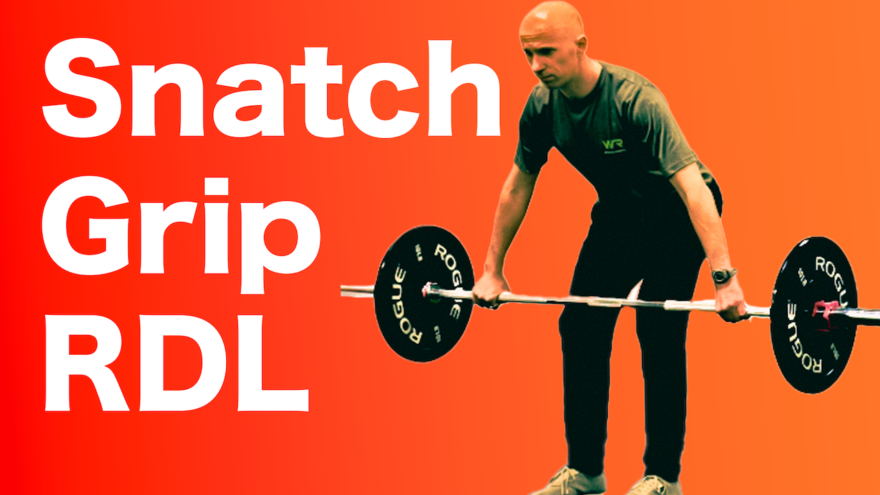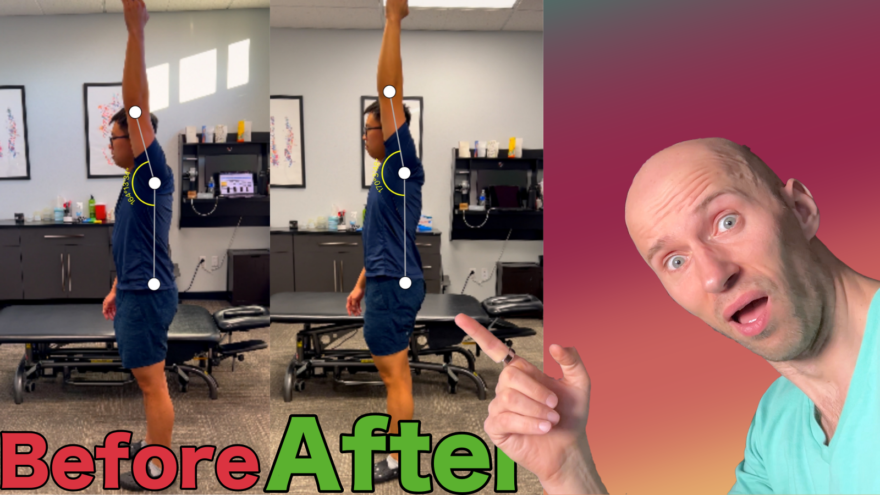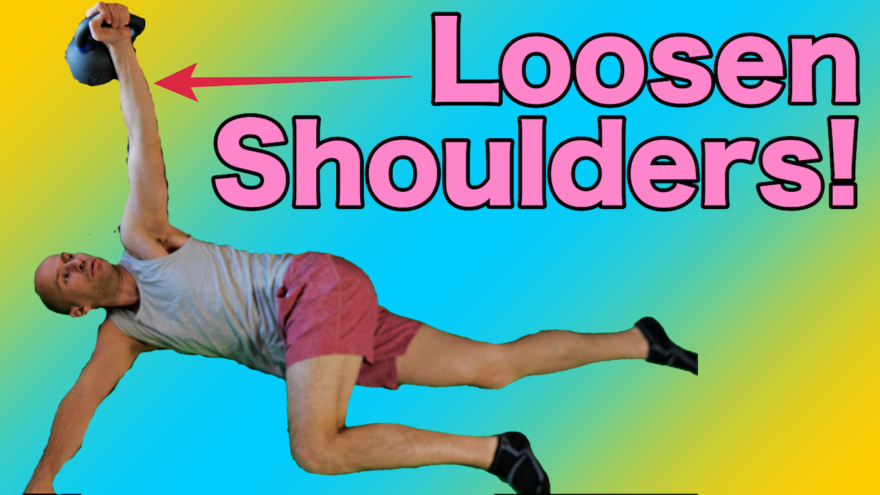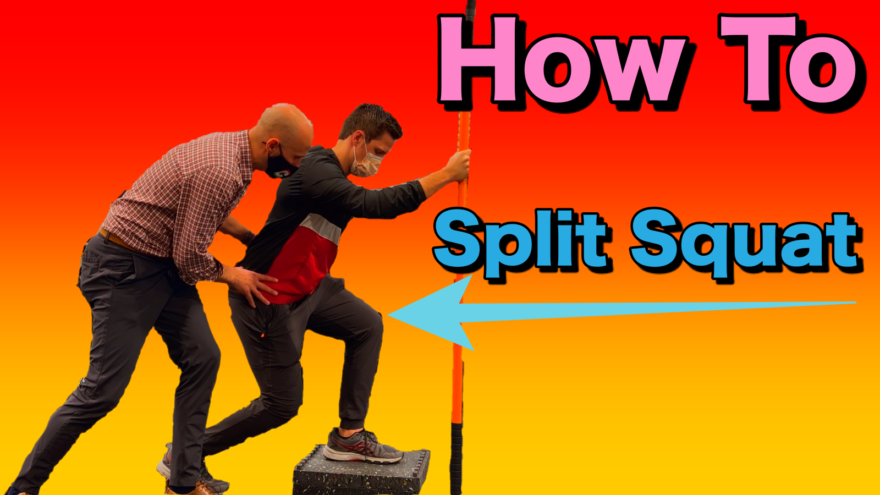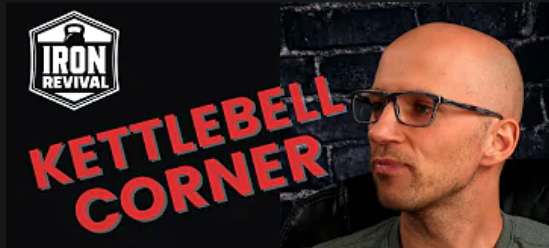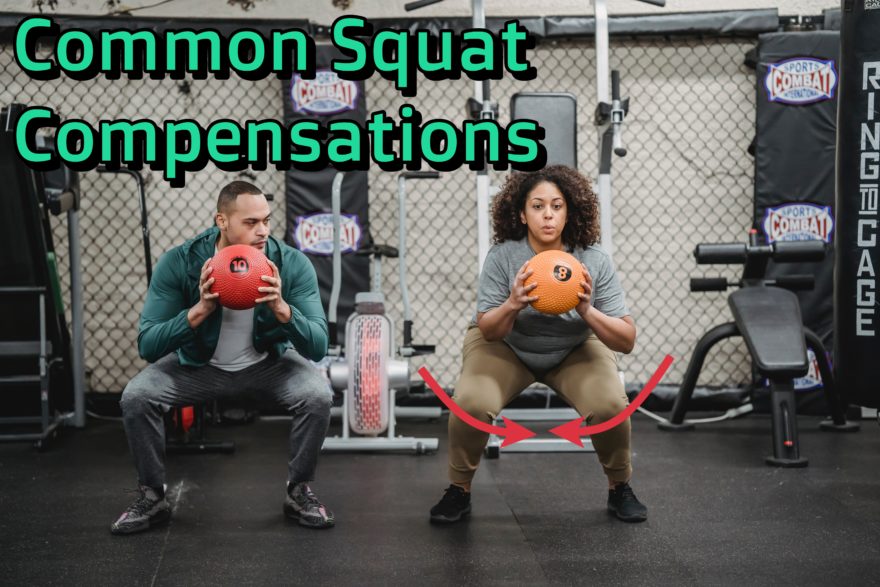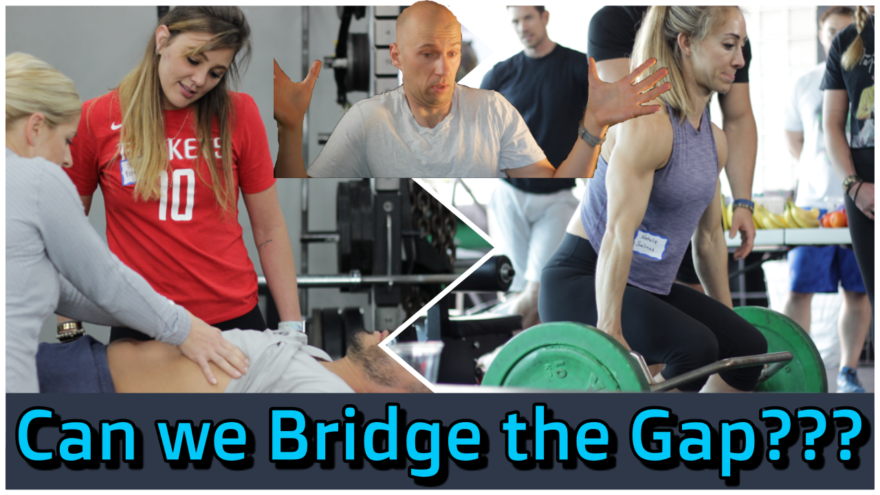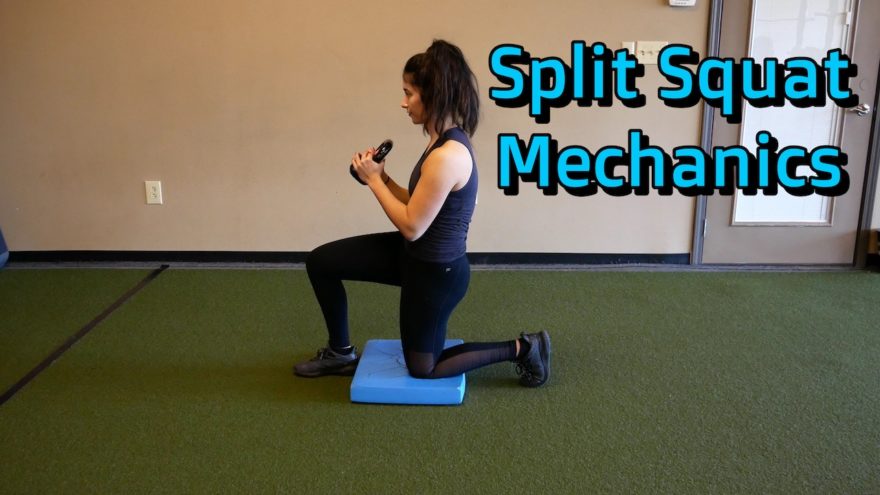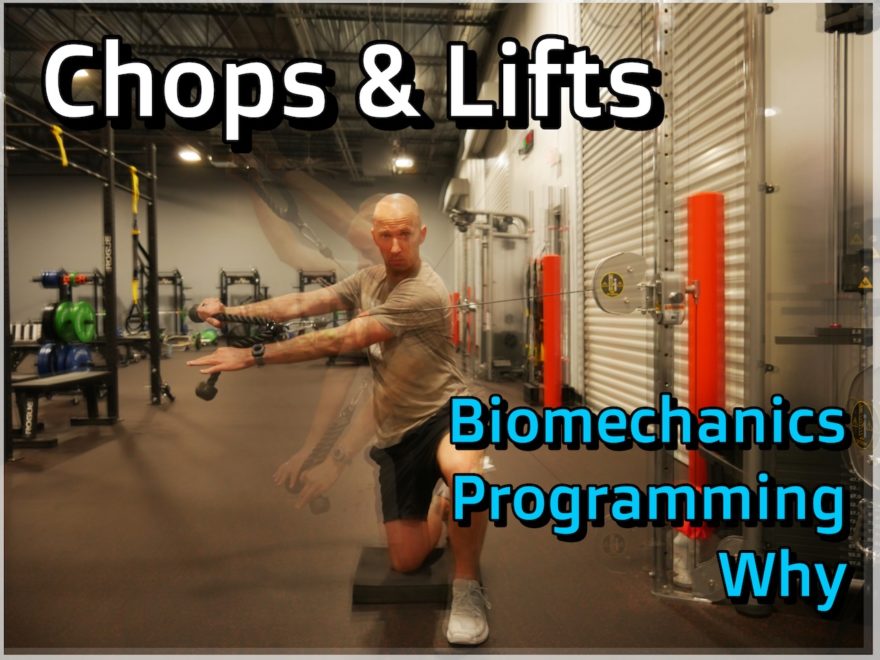A great beginning deadlift variation Looking to learn how to deadlift but unsure where you should start? Are you or your client thinking: “YOU WANT ME TO MOVE MY HIPS HOW?” Then fam, the snatch grip RDL might be the perfect deadlift variation to start with. If you are unsure why this version is great, when it should be programmed, or how in the heck to do it, don’t worry, ya boi Big Z has you covered! Check out the video and post below to learn all about the awesomeness that is the snatch grip RDL.
Read More